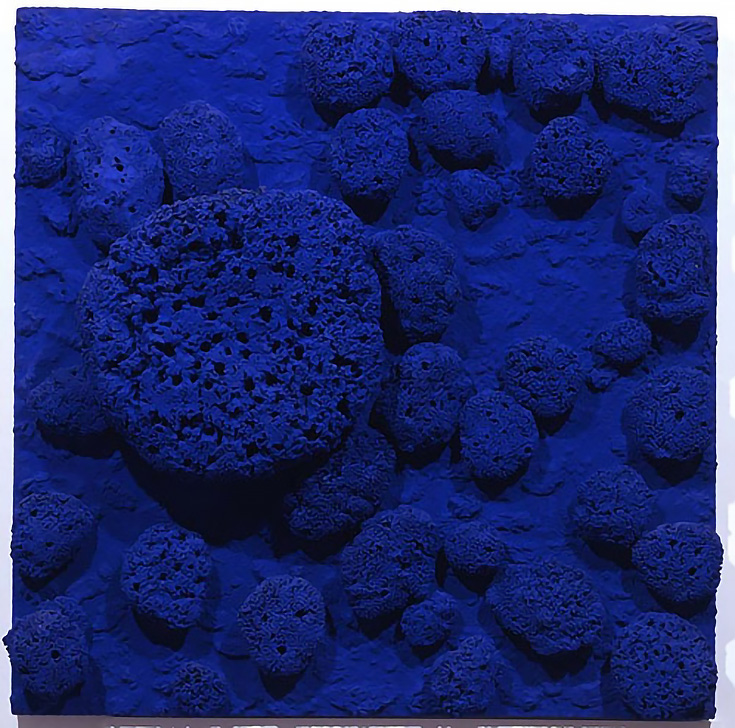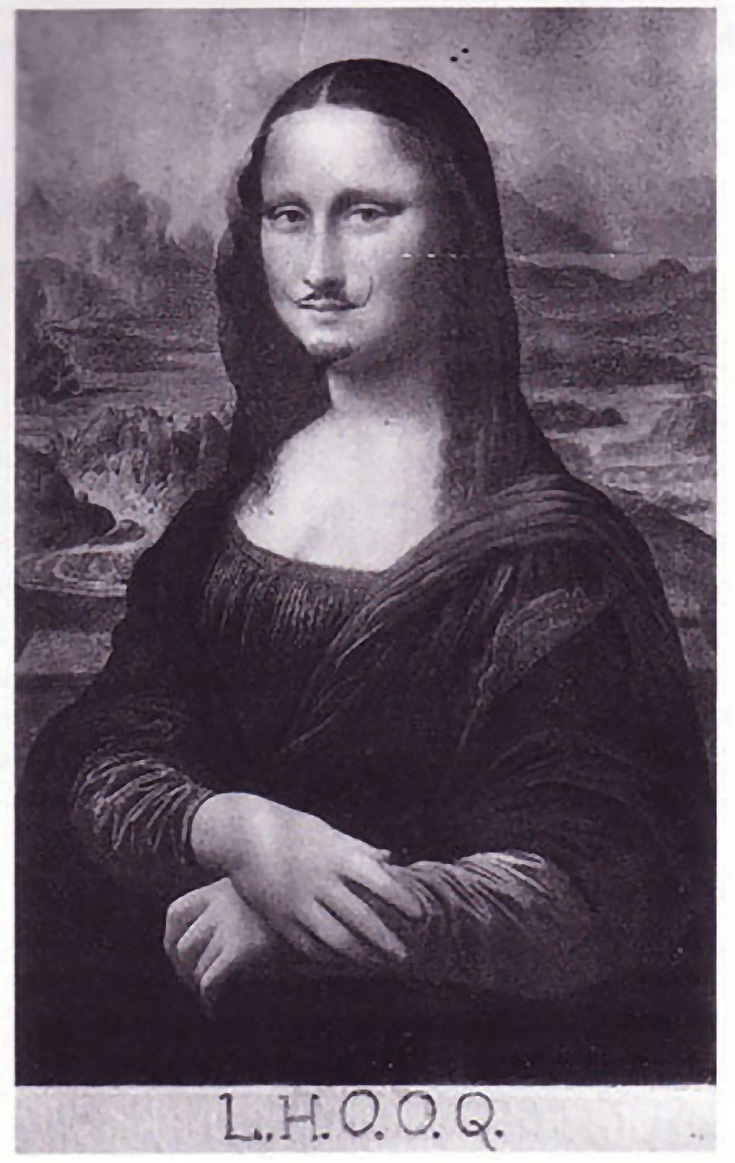We’re all used to painting on stretched, primed canvas, right? It’s the default surface for painters everywhere. And yet, before I share a few of the more bizarre surfaces that some (rather famous) artists have used, let’s put things into a bit of context:
Canvas was not the standard go-to choice all the time.
In fact, many classical masters used surfaces that are, if not bizarre, then unusual to say the least.
One of the obvious choices was the wood panel. Easy to get, albeit very laborious to make, it was the leading surface up until 15th century. It was used to paint mummy portraits in the 2nd century Egypt, as well as iconographic works and altar piece all over Europe.
Even timeless masterpieces such as Da Vinci’s Mona Lisa were painted on wood (he used poplar panel).
Another historically popular surface is copper. This material was durable enough to preserve paintings with little to no damage, but its smoothness is the factor that made it popular among such masters of brush as El Greco and Rembrandt.
In this piece by Rembrandt, you can actually get a glimpse of the copper surface showing through the painting.
So as you see, the introduction of canvas as a painting surface was a result of a rather long period of experimentation with different media. And, those experiments have never ceased—let’s look at some of the most bizarre, below:
1. A refined take on decorative art by Caravaggio.
It is not uncommon to see decorative art on household items and a wartime objects, but this piece takes it to the extreme. Here is a 16th century classic masterpiece by Caravaggio, Medusa, is painted on a ceremonial shield.
It is probably an allusion to the myth about Medusa, which holds that Perseus was only able to slay the monster by facing her with a mirror polished shield, thus turning creature’s magical gaze back on her.
2. Cultural heritage as a painting surface.
One of Ai Weiwei’s arguably most recognizable works, Coca Cola Vase, is full of contrasts. Ancient and new, hand crafted and mass produced, American capitalism and Chinese tradition.
This is truly a powerful statement and a bizarre choice of a surface. You just don’t see many people painting on a Han dynasty vase.
3. Tons of porcelain sunflower seeds, literally.
Yet another work of Chinese provocateur artist Ai Weiwei, Sunflower Seeds, involved a tremendous amount of work. The artist’s vision was to fill the floor of Tate Modern’s Turbine Hall with seeds and later he called his piece “perhaps the most costly work among all artworks, both Chinese and Western.”
Ai Weiwei began crafting his masterpiece two years in advance. It took 1,600 artisans to handcraft and paint each of 100.000.000 porcelain seeds . Tons of work. A 100 tons to be exact.
4. An apple seed canvas.
This work is much less know than our previous picks, but still is intriguing. Ukrainian artist Nikolay Syadristiy has focused his genius on making art as small as possible.
His best pieces include fitting camel statues in the eye of a needle, a series of bas-relief portraits carved out of cherry seeds and this series: Flowers on Halved Apple Seeds.
Nikolay painted looking at his canvas through the lens of a microscope, using a single hair as his paintbrush. Talk about precision in the brushstrokes!
5. Natural sponges.
Yves Klein, whose career was nothing but a series of bold neo-Dada gestures, a self proclaimed architect of souls, who referred to his work as “ashes of his art,” famously incorporated natural sponges in his masterpieces.
In Klein’s hands this object of nature became a perfect metaphor for impregnation and art itself.
6. Street art taken indoors.
Jean-Michel Basquiat started out as a street painter and took the crude, primitive and expressive style he started with to the big galleries. He also took the surface of the street art.
This oil on wood piece looks as though it was done on somebody’s white fence and then cut out and taken to the exhibition.
7. Old art as a surface for new art.
While any previous generation of artists often serves as a source of inspiration for new schools, this artwork take it to a literal level. A piece by the 20th century revolutionary artist, Marcel Duchamp, L.H.O.O.Q. uses a cheap reproduction of Mona Lisa on a postcard as a medium for painting.
The inscription is pronounced very similar to a phrase “Elle est chaud au cul” in French, which is loosely translated by the author as “There’s fire down below”. This provoking pun combined with added facial hair ridicules Da Vinci’s masterpiece, constituting a powerful artistic gesture.
8. Inside-out canvases.
Looking for oddities it is easy to miss the most obvious and at the same time of the most bizarre ways to paint. Francis Bacon, most famous for his Screaming Popes series, often chose to paint on the other, un-primed, side of canvas.
The light brown on his painting above is actually the color of the canvas. This choice surely gave Bacon’s work intriguing texture and served as a metaphor for revealing the other side of the human soul.
So what’s the takeaway from this, you ask?
Just that next time you reach towards a primed cotton canvas, maybe take a minute first to consider your other options. After all, there aren’t any rules when it comes to art—or the surface you paint it on.
Special thanks to ArtacademyUSA for contributing this post!
This post may contain affiliate links.









